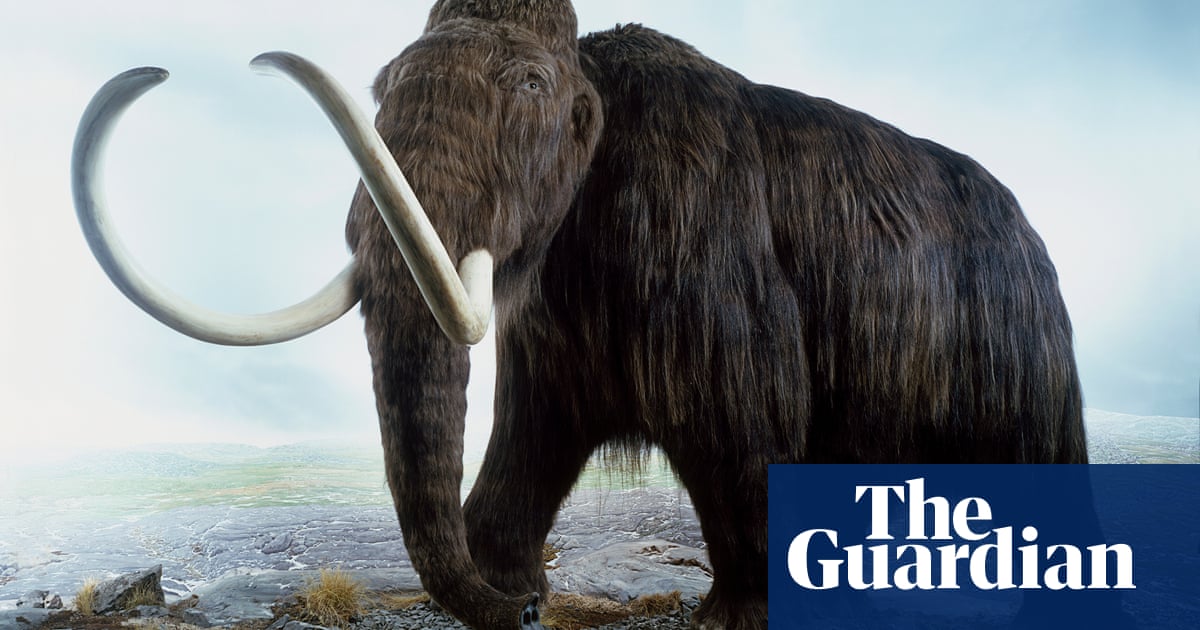When it came to taking down giant animals, prehistoric hunters would quite literally have faced a mammoth task. Now researchers have shed fresh light on how they might have done it.
Experts studying sharp stone points made by the Clovis people, who lived in the Americas from about 13,000 years ago, say that rather than hurling spears at enormous animals such as giant bison, mammoths or ground sloths, the tribes could have planted their weapons point-up in the ground to impale charging creatures.
“We are only now recognising that people in many cultures have hunted or defended against megafauna with planted pikes for thousands of years,” said Dr Scott Byram of the University of California, Berkley, a co-author of the study.
He added that hunters using pikes often encouraged large game to charge at them, and a planted pike could produce far greater force than a hand-thrust or thrown spear. “It follows that pikes would have been preferred against aggressive megafauna,” he said.
Writing in the journal Plos One the team note that while Clovis points are well known, no intact weapons have been found, so exactly how the points were used is unclear.
However, they point out that historical sources – including paintings of boar hunting and descriptions of bear, lion and jaguar hunts – depict people using piercing weapons braced against the ground when hunting hefty animals, while that approach has also been used for defence against predators and against charging warhorses in military battles.
To explore the idea that Clovis people could have used their stone points in a similar way, the team conducted experiments using replicas of what they believed the weapons might have looked like, with the stone point held by lashings between a wooden pole and bone rod.
The team found a sharp Clovis point could pierce cow hide with relatively light force, but would break if it was dropped point-down on to an oak plank at high force (representing an encounter with bone). However, the team found they could adjust the lashings so that these broke apart in the latter scenario, releasing the point without breaking it but potentially allowing the pike to plunge deeper into an animal.
Byram added that the shape of certain Clovis points would have made for very effective pike tips, and such an application could explain the discovery of complete Clovis points with unbutchered mammoth remains.
The team are now planning experiments involving something akin to a replica mammoth – a block of ballistics gel mounted to a moving object with large mass – in order to understand how the outcome might change if the impact does not only involve a force acting in a head-one direction.
Prof Metin Eren at the Kent State University anthropology department in the US, who was not involved in the work, said it was not the first time that archaeologists had proposed a “pike use” for Clovis points.
But he added: “Of course the major problem is that archaeologists have never discovered any sort of Clovis wooden spear or dart shaft, much less any hard evidence that spears were actually used in a pike-like fashion. We really need to make sure our conclusions don’t outrun our experiments, and, more importantly, the actual archaeological record.”

